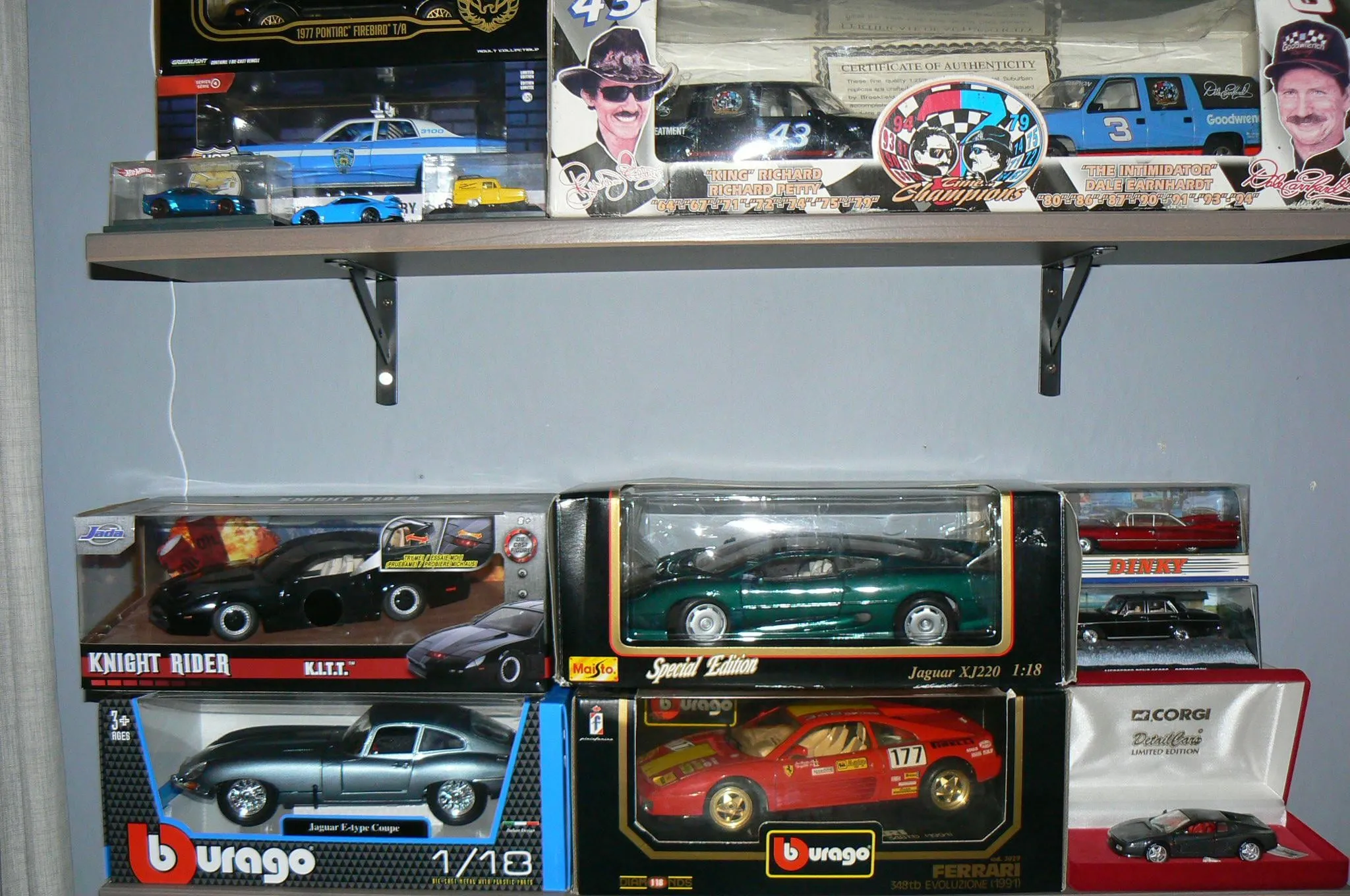Assess Your Collection
Before you even think about selling your diecast collection, the first step is a thorough assessment. This involves taking inventory, noting the make, model, scale, and condition of each individual piece. A detailed assessment will not only help you understand the overall value of your collection but also streamline the selling process. This initial step is crucial because it forms the foundation for everything that follows. A well-organized assessment helps you accurately represent your collection to potential buyers, fostering trust and ensuring a smoother transaction. This detailed approach ensures you are fully prepared to navigate the complex world of selling diecast models. Failing to do this means the collection will be hard to sell and might not be valued correctly.
Identify Collection’s Value
Once you’ve assessed your collection, the next critical step is determining its value. This is often a complex process, as the worth of diecast models is influenced by several factors. Rarity plays a significant role; limited-edition models or those that are difficult to find will naturally command higher prices. Furthermore, the condition of each model is paramount. Models in mint condition, complete with their original packaging, are generally more valuable than those with wear and tear. Popularity of the model itself also affects value; models of iconic cars or those from beloved franchises tend to be highly sought after. This understanding of factors will help you negotiate sales prices accurately.
Research Market Prices
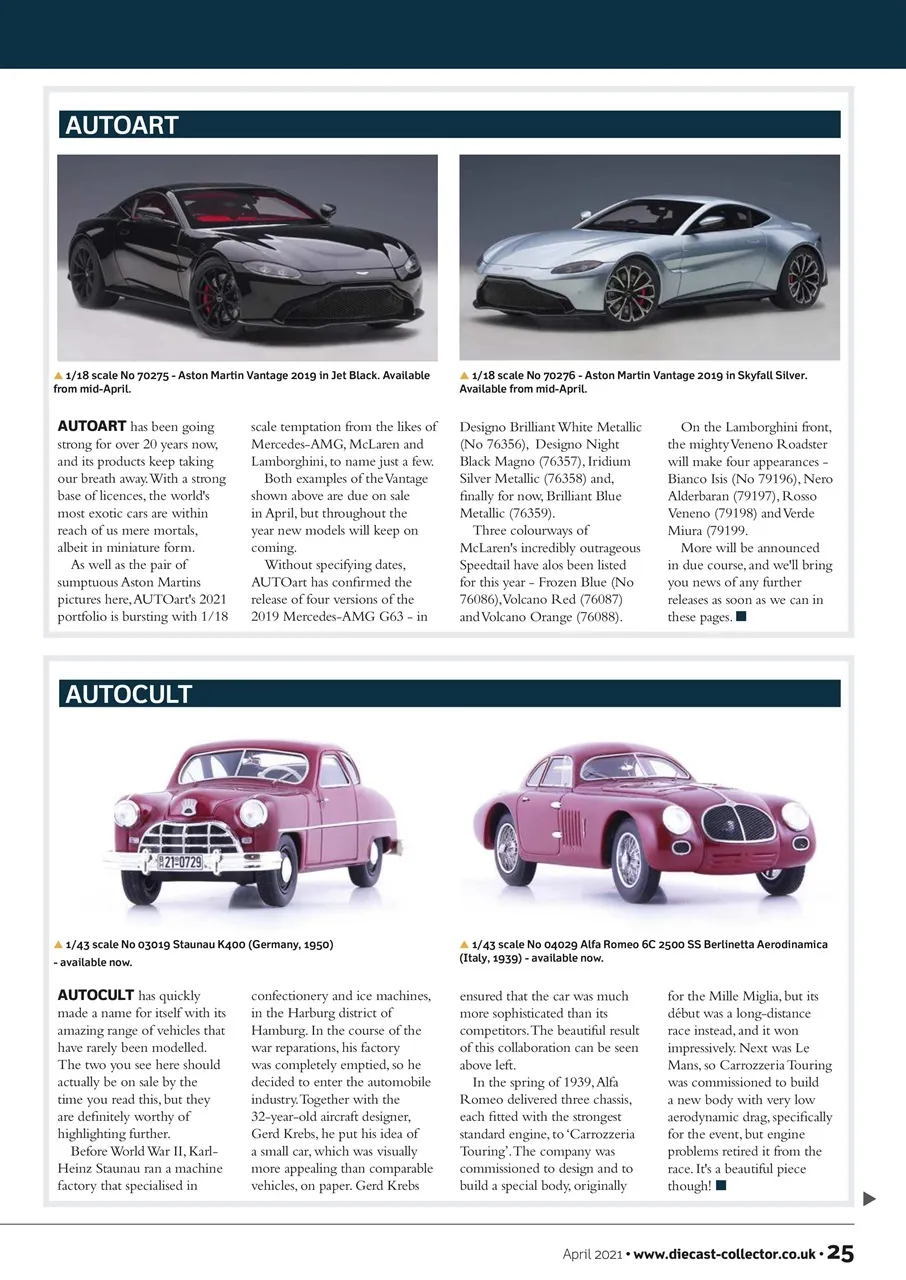
Conducting thorough market research is essential to understand the current value of your diecast models. This involves examining recent sales data for similar models. Online marketplaces like eBay can provide valuable insights, allowing you to see what comparable collections and individual models have sold for in the past. Look for completed listings to get an accurate picture of the actual selling prices, not just the asking prices. Consider factors such as condition, completeness, and the presence of original packaging when comparing prices. Consulting diecast collecting forums, websites, and price guides can also offer expert opinions and further refine your valuation. The goal is to ensure you are setting a competitive and fair price for your collection.
Cleaning and Organizing
Preparing your diecast collection for sale involves more than just knowing its value. Cleaning and organizing your models can significantly enhance their appeal and increase their perceived value. Begin by gently cleaning each model, removing dust and debris with a soft brush or cloth. Avoid using harsh chemicals that could damage the paint or finish. Organize your collection by model, scale, or brand for easy viewing and cataloging. If you have original packaging, make sure to store it safely. A well-presented collection shows buyers that you have taken care of your models and are serious about the sale. Proper presentation can significantly influence potential buyers to complete the transaction with your collection.
Finding Potential Buyers
Identifying the right buyers is critical to selling your diecast collection effectively. Your ideal buyer will be someone who appreciates the value of your collection and is willing to pay a fair price. There are multiple avenues to reach potential buyers, each with its own advantages. Whether you opt for online platforms, specialized dealers, or local shops, the key is to present your collection in a way that captures the attention of the right audience. This step focuses on connecting with the right people to make sure that you find the right buyer who appreciates the value of your models and collection, making the selling process successful.
Online Marketplaces
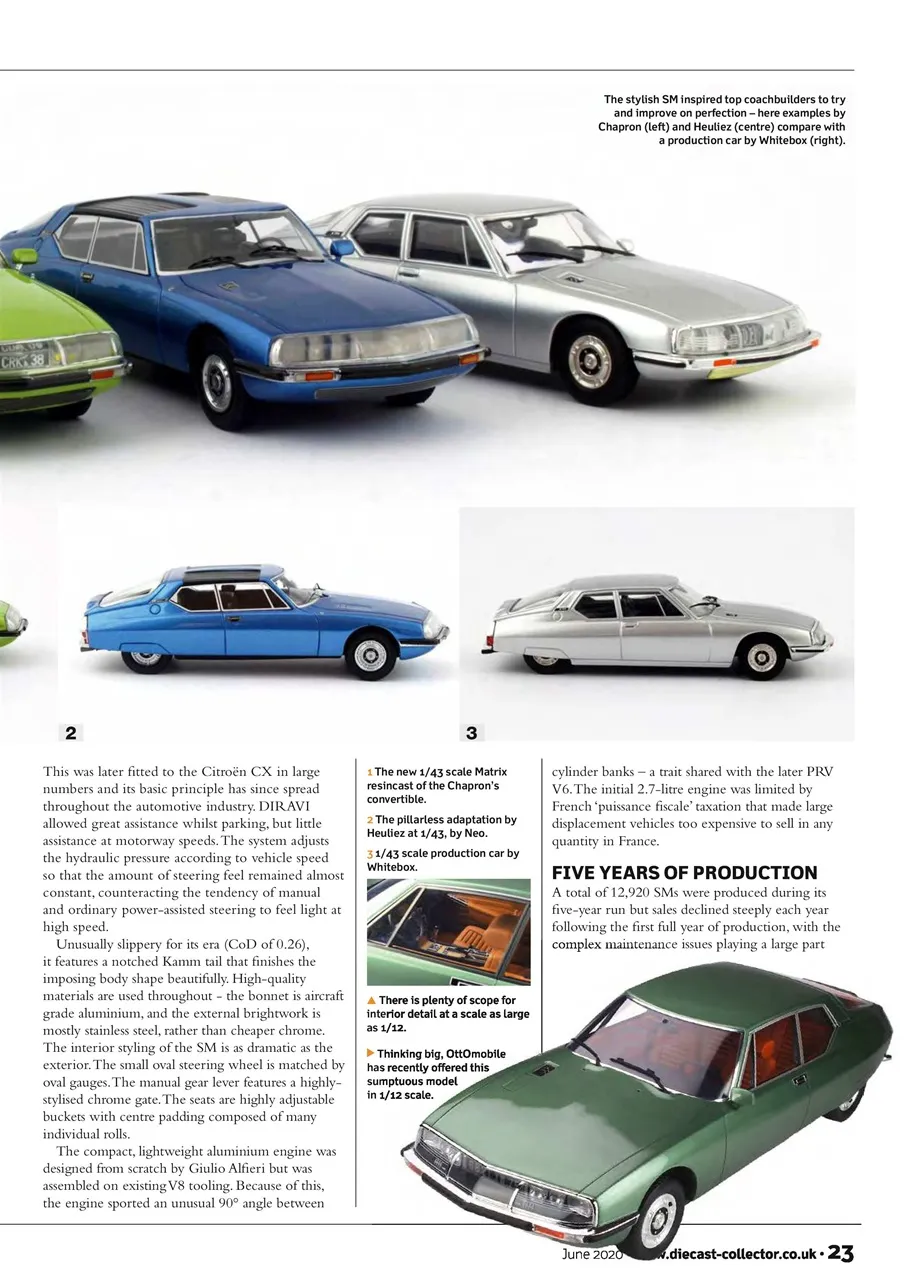
Online marketplaces offer a vast audience for your diecast collection. Platforms like eBay are popular, allowing you to list your models with detailed descriptions and photos. Consider using high-quality images that showcase the condition of each model. Other platforms like specialized diecast forums or online collector communities can also be effective, as they connect you directly with enthusiasts. When listing online, it’s important to research successful listings to understand current market trends and pricing. Providing clear and concise descriptions, including scale, brand, and any unique features, will help attract potential buyers. Consider the shipping process, and always include a tracking number to give the buyer peace of mind.
Specialized Dealers
Specialized diecast dealers can be a great option, especially if you have a rare or valuable collection. These dealers have extensive knowledge and experience in the market, and they often have established networks of buyers. They can help you assess the value of your collection, handle the sales process, and provide a fair price. While you may receive a smaller percentage of the sale price compared to selling privately, the convenience and expertise can be worth the trade-off. Research dealers with good reputations and a proven track record. Read reviews and compare offers to ensure you get the best possible value for your collection.
Local Collectibles Shops
Local collectibles shops can be another excellent option for selling your diecast collection. These shops often have a loyal customer base and can provide a quick and straightforward way to sell your models. Visit several shops to get multiple quotes and compare offers. Keep in mind that local shops often have overhead costs and may offer lower prices than you could get through private sales. Nevertheless, the convenience of selling locally can be a significant advantage. Before visiting a shop, gather information about your collection, including its value and condition. This preparation will facilitate a more informed negotiation and help you get the best possible deal.
Preparing for Sale
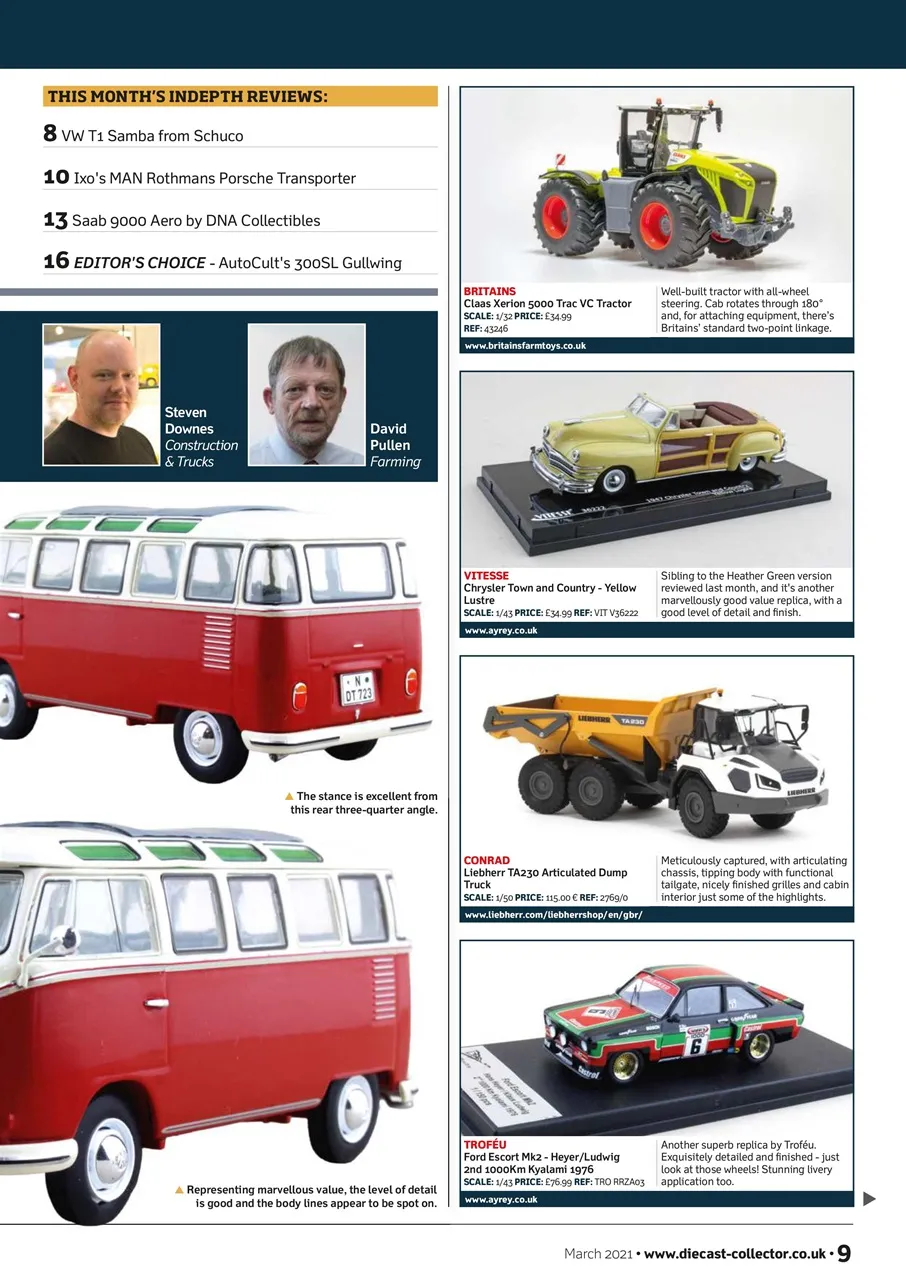
Properly preparing your diecast collection for sale is crucial for attracting buyers and maximizing your selling price. This involves detailed photography, accurate descriptions, and setting a fair price. Preparing your collection the right way demonstrates professionalism and boosts your credibility as a seller. When you are ready to begin the selling process, be sure that you have everything in order. Preparation involves both visual and written aspects of your collection and provides the most impact to potential buyers. This strategy will set you apart and help you achieve a successful sale.
Photographing Your Collection
High-quality photographs are essential for showcasing your diecast models. Use a well-lit area and a neutral background to capture clear images of each model. Take multiple photos of each model, including shots from various angles, close-ups of details, and any imperfections. If the model has original packaging, include photos of the box and any included accessories. Good photography is key; it allows potential buyers to assess the condition of your models visually. Ensure your photos are in focus and accurately represent the models. Clear photos will boost your credibility and attract more serious buyers. Professional-looking photos will ensure that you get the highest possible sale price for your collection.
Writing Detailed Descriptions
Accurate and detailed descriptions are just as important as high-quality photos. Provide a comprehensive description of each model, including the make, model, scale, and any unique features or details. Note the condition of the model, whether it’s new, used, or has any damage. Include the model’s history if you know it and whether it comes with its original packaging. Be honest and transparent in your descriptions. Detailed descriptions build trust with potential buyers and increase the likelihood of a successful sale. Proofread your descriptions carefully to ensure there are no errors and that the information is clear and easy to understand. Provide as much information as possible.
Negotiating
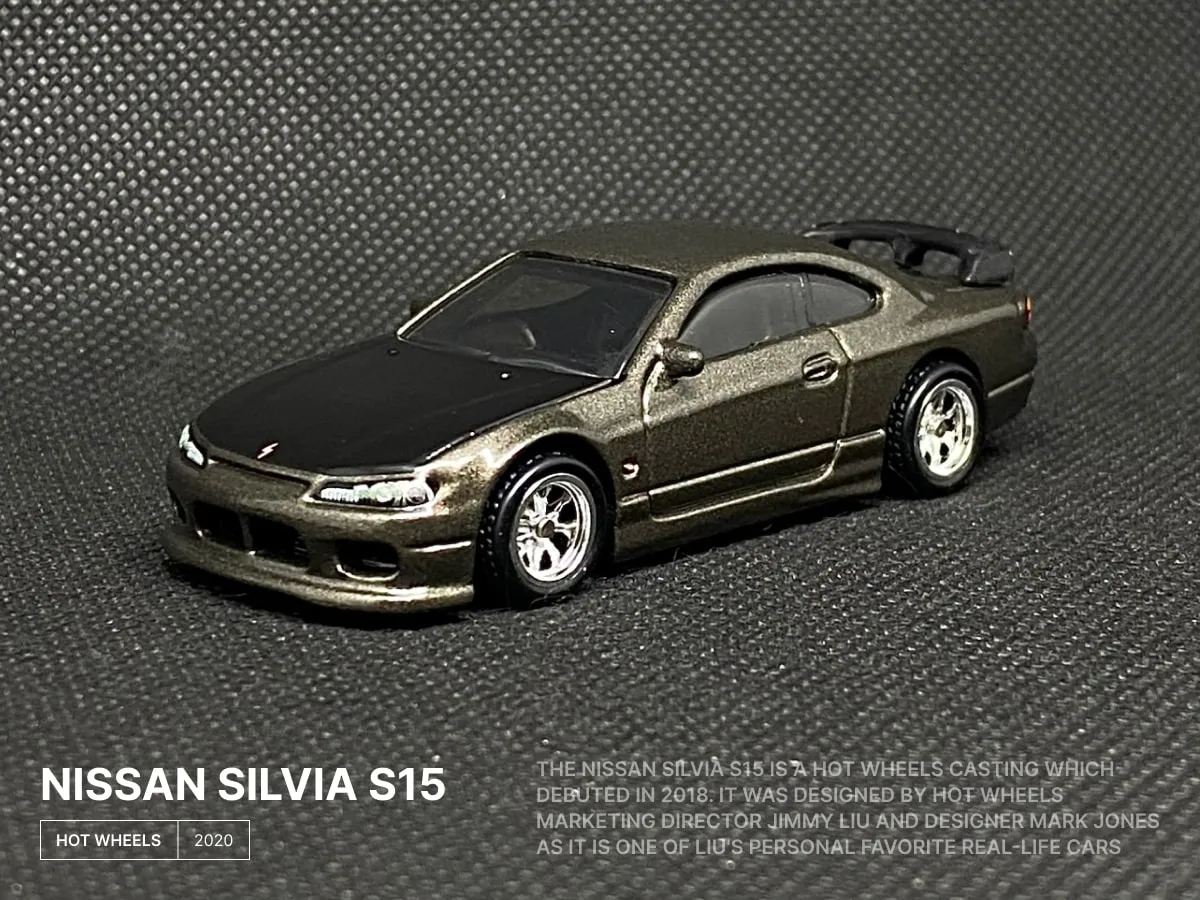
Negotiating the sale of your diecast collection is a process that requires careful planning, knowledge, and a clear understanding of your goals. Whether you’re selling online, to a dealer, or to a private collector, the ability to negotiate effectively can significantly impact the final price you receive. Being prepared to negotiate is not just about setting a price; it’s also about knowing your collection’s value, understanding the market, and being prepared to respond to offers and counteroffers. By adopting the right approach and strategies, you can ensure you get the best possible deal. These negotiation tactics will help maximize your profit.
Know Your Minimum Price
Before entering any negotiation, it is crucial to determine your minimum acceptable price. This is the lowest amount you are willing to accept for your collection. Based on the market research and the value assessment you’ve conducted, this price should be realistic and reflect the condition, rarity, and overall value of your models. Knowing your minimum price gives you a benchmark to measure any offers you receive. It also prevents you from accepting an offer that undervalues your collection. Sticking to your minimum price gives you the confidence to walk away from deals that do not meet your requirements, which helps prevent you from selling for less than what you are willing to sell for.
Be Prepared to Negotiate
Negotiation is an integral part of the selling process. Be prepared to receive offers lower than your asking price. Have a counteroffer ready. Back up your price with facts and information, citing your research. Be willing to make compromises, but always stay within your minimum acceptable price range. Remain polite and professional throughout the negotiation process, even if you disagree with the buyer’s offer. Successful negotiations require patience, communication, and a willingness to reach a mutually beneficial agreement. It is important to stay objective and not let emotions get in the way. Understanding what your collection is worth and being prepared to counter offers will help you maximize your return.
Payment and Shipping
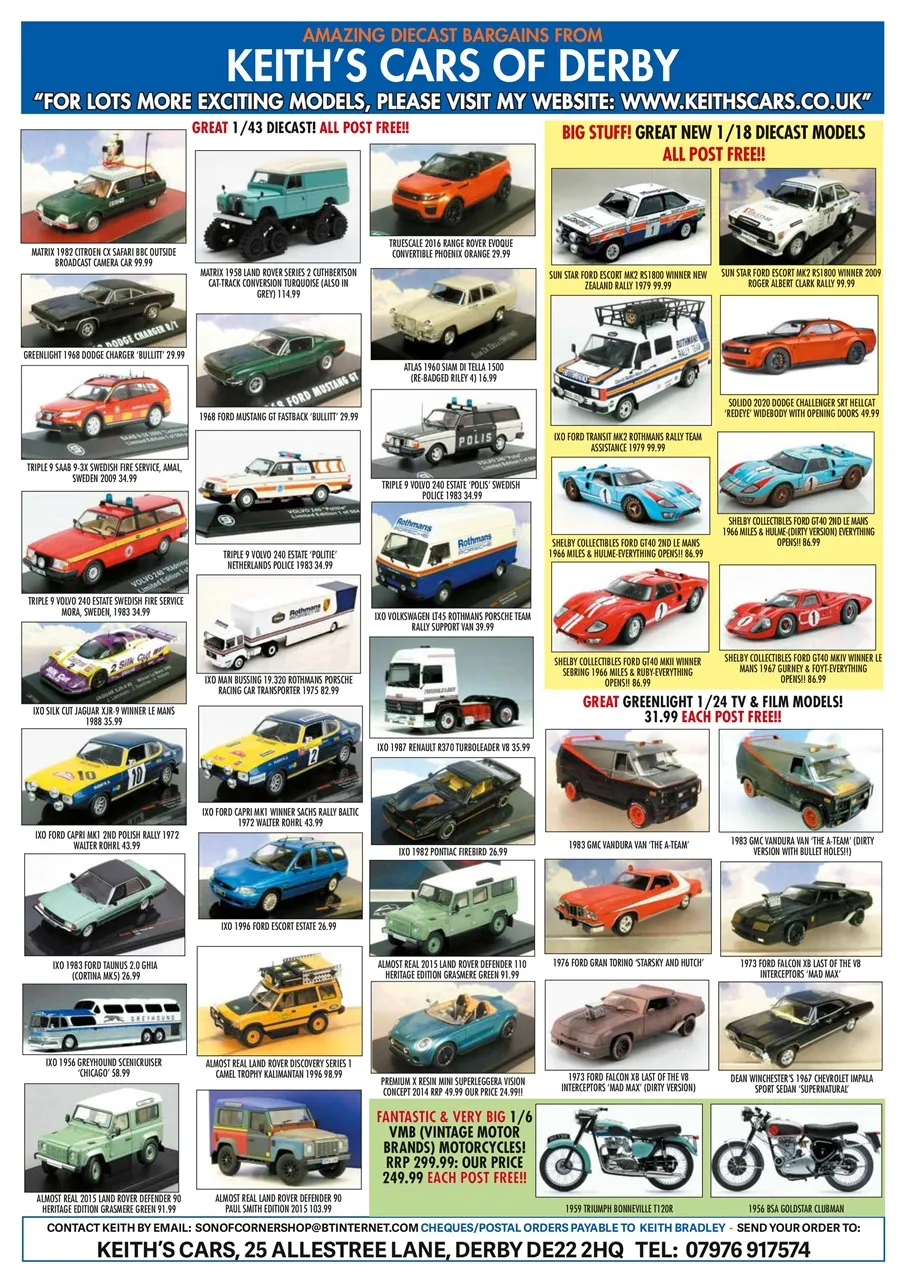
Finalizing the sale involves securing payment and arranging for shipping. These steps are critical for protecting your interests and ensuring a smooth and successful transaction. Understanding the best methods for payment and the most reliable shipping options can help protect you from fraud and damage. Taking these steps ensures that the buyer receives their purchase safely and that you receive payment promptly. By carefully handling these aspects, you can minimize risks and create a positive experience for both parties. This ensures the final steps of the sale go smoothly.
Secure Payment Methods
When selling your diecast collection, prioritize secure payment methods. Avoid accepting checks, as they can take time to clear and expose you to the risk of fraud. Instead, use online payment platforms that offer buyer and seller protection, such as PayPal or similar services. These platforms provide a secure environment for transactions and help resolve disputes if any issues arise. If you are selling in person, consider using cash, but be aware of the potential risks. Always be cautious and take steps to protect yourself from fraud. By using secure payment methods, you can minimize the chances of fraudulent activity and protect your financial interests.
Shipping Options
Proper shipping is vital to ensure your diecast models arrive safely. Choose a reputable shipping carrier and consider insuring your items to protect against loss or damage. Pack your models carefully, using high-quality packaging materials, such as bubble wrap, packing peanuts, and sturdy boxes. Double-box if necessary, especially for valuable or fragile models. Provide the buyer with a tracking number so they can monitor the shipment’s progress. Consider the shipping costs when setting your prices. Offering several shipping options allows buyers to choose the one that best suits their budget. Taking the right precautions will ensure that your diecast models are delivered safely and securely, leaving you and the buyer satisfied.
